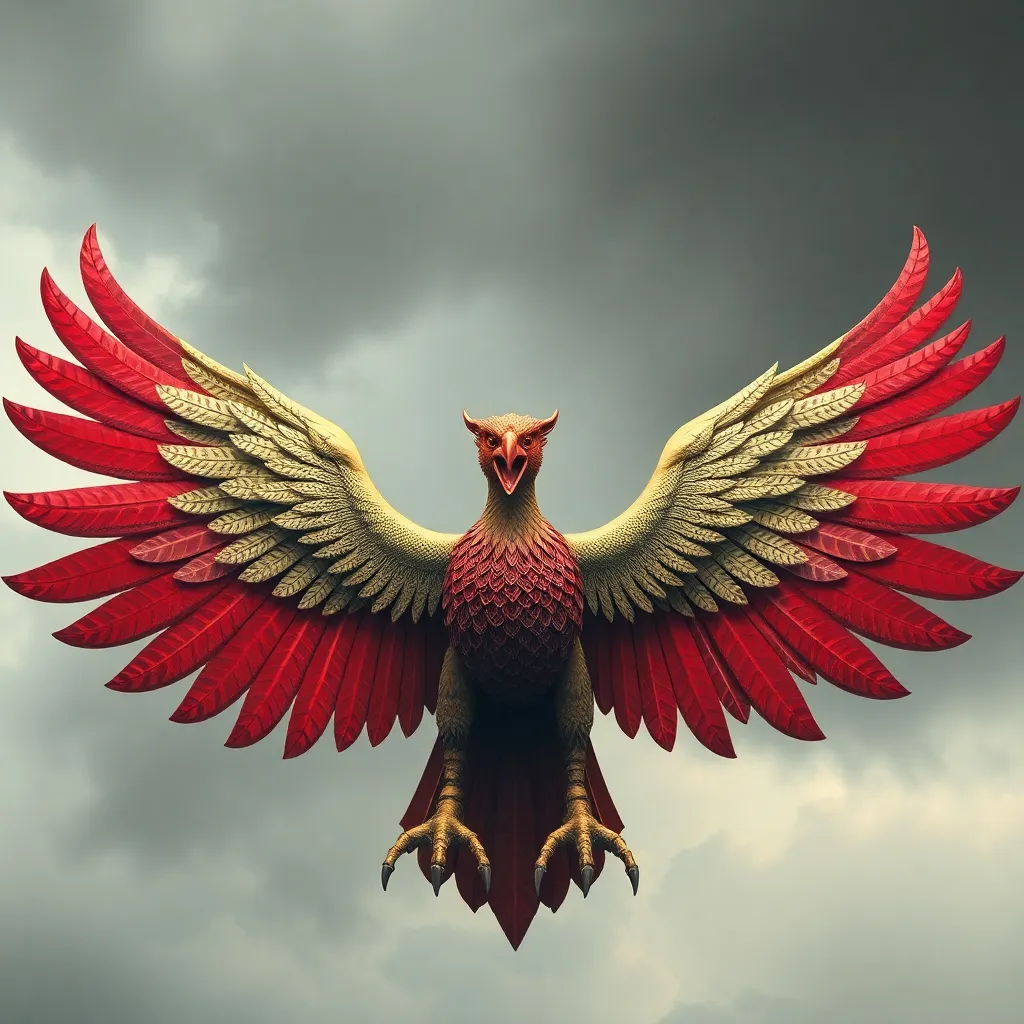The Connection Between Celtic Mythology and Climate
Exploring the Intriguing Relationship Between Ancient Celtic Beliefs and the Environment
Celtic Deities and Nature
The ancient Celts had a profound connection to nature, viewing it as sacred and deeply intertwined with their mythology. Deities such as Cernunnos, the Horned God associated with forests and wildlife, and Brigid, the Goddess of spring and fertility, reflect their reverence for the natural world. These divine figures played pivotal roles in Celtic myths, embodying different aspects of the environment.
Seasonal Celebrations and Climate
Celtic festivals like Beltane and Samhain were not only marked by cultural rituals but also closely linked to the changing seasons. The transition from winter to spring or summer to autumn often framed these celebrations, highlighting the Celts’ observance of climate patterns. These festivals served as ways to honor nature’s rhythms and acknowledge the impact of climate on everyday life.
Mythological Tales and Elements
Many Celtic myths incorporate natural elements such as rivers, mountains, and storms, reflecting the importance of climate in shaping storytelling. The legendary tale of the Children of Lir, who transformed into swans and traveled across lakes and seas, illustrates the profound interaction between mythical narratives and the environment. These stories not only entertained but also conveyed spiritual beliefs tied to the natural world.
Climate Change and Modern Interpretations
Today, the connection between Celtic mythology and climate continues to fascinate scholars and enthusiasts alike. Some interpret ancient myths as reflections of early environmental concerns, while others see parallels between Celtic spirituality and contemporary attitudes toward climate change. Exploring these intersections provides valuable insights into both the past and present relationships between cultures and their environments.
FAQ: The Connection Between Celtic Mythology and Climate
What is the significance of climate in Celtic mythology?
In Celtic mythology, the environment and climate play a crucial role in shaping the stories and beliefs of the ancient Celts. The changing seasons, natural phenomena, and landscapes are often depicted as intertwined with the deities, spirits, and mythical creatures in Celtic legends.
How do Celtic myths explain natural phenomena related to climate?
Celtic myths often offer explanations for natural phenomena such as storms, rain, and sunshine through the actions of mythological beings like gods, goddesses, and spirits. These stories connect the elements of nature to the divine realm, weaving a rich tapestry of lore that reflects the Celtic people’s deep connection to the environment.
Are there specific Celtic deities associated with different aspects of climate?
Yes, Celtic mythology features various deities linked to specific elements of nature and climate. For example, Brigid is associated with fire, healing springs, and poetry, while Manannán mac Lir is a sea deity linked to storms and the ocean. These deities embody the forces of nature and influence the climate in Celtic mythology.
How does the Celtic view of climate differ from modern perspectives?
The Celtic view of climate is intertwined with spirituality, mythology, and a deep reverence for nature, whereas modern perspectives often focus on scientific explanations and environmental



